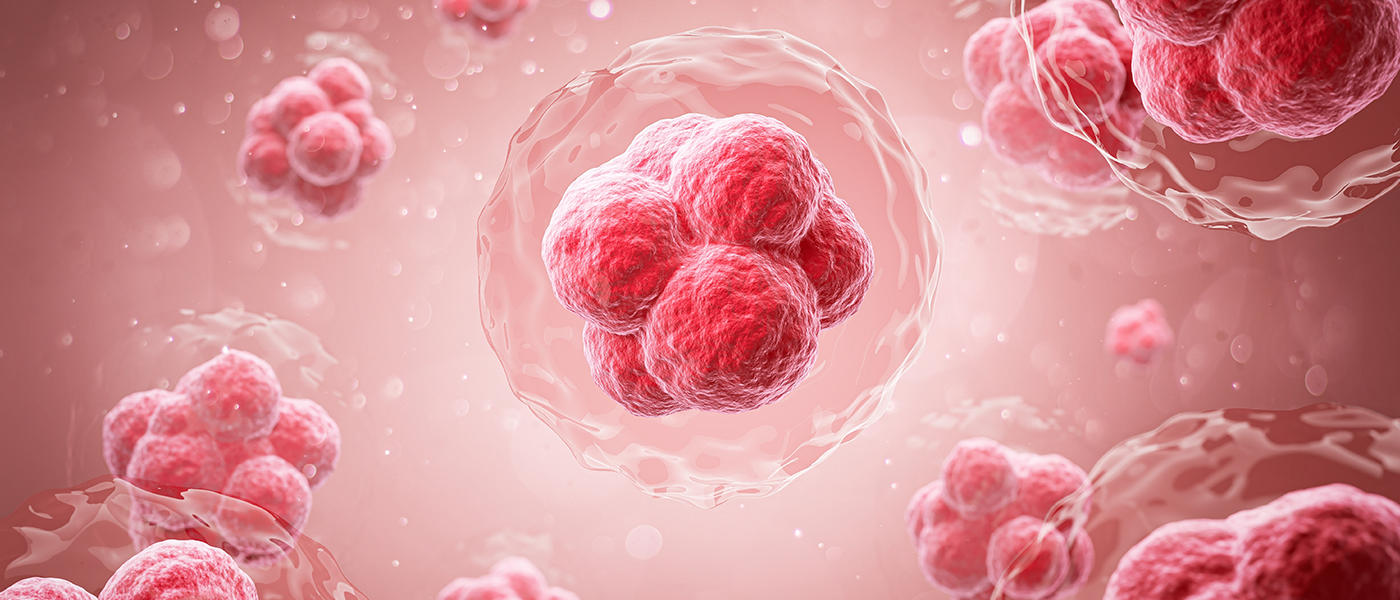
Stem cell therapy is a treatment method derived from specialized cells that can regenerate and repair various tissues in the body.
These cells are typically sourced from sources such as adipose tissue or bone marrow. Stem cells, due to their ability to self-renew and differentiate, can assist in repairing damaged tissues. During the treatment process, stem cells are processed specifically according to the patient's needs and injected into the area requiring treatment. This method can provide promising results, particularly in the treatment of degenerative diseases and tissue regeneration.
The fundamental principle of stem cell therapy is to utilize the body's own healing mechanisms to treat diseases or injuries. Stem cells, with their ability to transform into healthy cells, can repair or regenerate damaged tissues. Therefore, stem cell therapy is considered a promising alternative for conditions that are difficult to treat or heal. However, before starting treatment, the patient's condition should be thoroughly evaluated, and the potential risks and benefits of the treatment discussed.
Stem cells are generally obtained from two main sources: adipose tissue (adipocytes) and bone marrow. Stem cells derived from adipose tissue are typically obtained during a liposuction procedure. During this procedure, a small amount of fat tissue is usually taken from the patient's body, often from the abdomen or thigh area. The harvested fat tissue is processed in a laboratory setting, and stem cells are isolated. Bone marrow stem cells, on the other hand, are usually obtained with a special needle from the patient's hip bone or chest bone. This procedure is generally performed under local anesthesia and causes minimal discomfort for patients.
The obtained stem cells are then processed and multiplied according to the needs of the patient to be treated. This process is necessary for the proliferation of stem cells and their effective direction toward the treatment area. The preparation of stem cells is typically conducted in a laboratory under sterile conditions and is a critical step for the success of the treatment. The prepared stem cells are later applied to the patient's damaged or diseased tissue through injection or placement.
Stem cell therapy offers many advantages. Firstly, the treatment is generally minimally invasive and does not require surgical intervention. Therefore, patients often experience a rapid recovery process and do not require long hospital stays. Additionally, stem cell therapy is typically a painless or minimally painful procedure and can be a relaxing experience for patients.
Moreover, the biological compatibility of stem cell therapy is high. Since the treated stem cells are usually obtained from the patient's own body, the body generally does not reject them or exhibit negative reactions. This aspect ensures that the treatment is generally safe and effective. The differentiation capabilities of stem cells offer the potential for the healing of various tissues, allowing the treatment to have a wide range of applications.
Stem cell therapy is used in the treatment of many different diseases. Below is a list of these diseases:
Stem cell therapy is typically a patient-specific planned process, and the application method can vary depending on the goals of the treatment and the patient's condition. Initially, the patient's condition is evaluated, and a treatment plan is established. During this process, the type of stem cells to be used is determined, and if necessary, samples such as adipose tissue or bone marrow may be taken from the patient. The obtained stem cells are processed and multiplied in a laboratory setting. This process may take several days and ensures that the stem cells are prepared appropriately for application to the treatment area.
Following the preparation stage, stem cells are typically applied to the area requiring treatment via adipose injection. This procedure is usually performed under local anesthesia and causes minimal discomfort for patients. During application, it is important to properly position the stem cells and focus on the area requiring treatment. The duration and method of application can vary depending on the disease or condition being treated. After the placement of the treated stem cells, the patient's recovery process and outcomes are regularly monitored. In some cases, stem cell therapy can be repeated in several sessions or combined with supportive treatments. For detailed information, contact EMPCLINICS.
The total duration of stem cell therapy applied to the skin varies depending on the individual's skin structure and environmental factors.
In orthopedics & traumatology and dermatology, stem cells from someone else cannot be used. However, this is possible in bone marrow transplantation.
After application, stem cells quickly penetrate the applied area, completing the missing tissues and cells. They also stimulate collagen production.